Decorating one’s home with plants has become incredibly popular over the past few years, in part due to the ubiquity of the “Instagram aesthetic” and Pinterest posts showing bright, clean homes filled with greenery.
Not only do houseplants make your apartment feel airy and homey, they also help clean the air, improve your productivity and provide health benefits.
But what if you don’t have a green thumb, you travel often or you live in an apartment without much natural light? Not to worry — you can still take advantage of all of the amazing benefits of houseplants.
We’ve put together a list of the most indestructible houseplants. These plants require minimal water, light and care, so they’re very easy to keep alive — even for those who have struggled to maintain houseplants in the past.
Indestructible Plants For Your Apartment
Snake Plant – These have become quite popular on Instagram over the past few years, and for good reason. With tall, thick, sturdy green leaves, they offer height and a modern look for a desk, mantle or table centerpiece. And they’re very easy to care for, which has added to their popularity. Snake plants are more likely to die due to overwatering than underwatering. They can survive in very low light (even in artificial indoor light) and only need to be watered about every two weeks in the summer and once per month in the winter. They’re also very beneficial for air purification — snake plants are one of the few plants that can convert carbon dioxide into oxygen at night, making them a good choice for bedrooms to help regulate airflow.
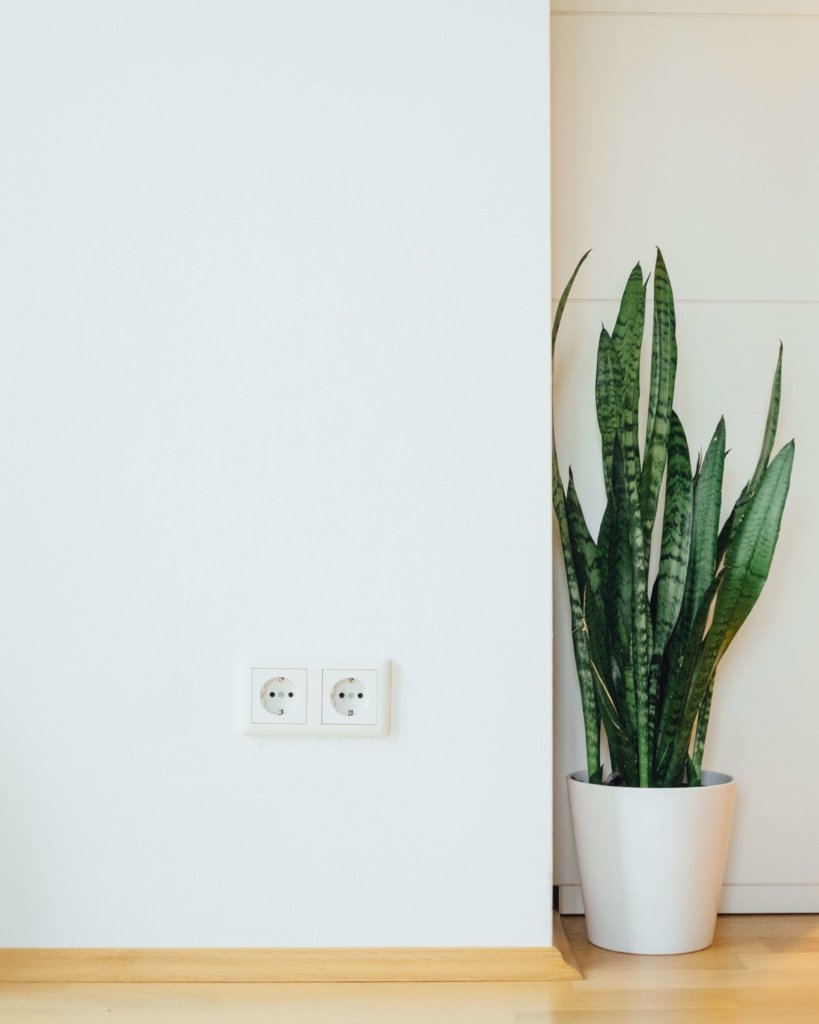
Air plant – Have minimal space for displaying plants in your apartment? Get a few air plants. They’re so easy to take care of that they don’t even need to grow in soil. Instead, these plants attach themselves to things like trees or rocks. You can hang them in a terrarium or place them in a dish — just make sure they have plenty of space around them. They should be misted once a week and then given a full soak every couple of weeks.
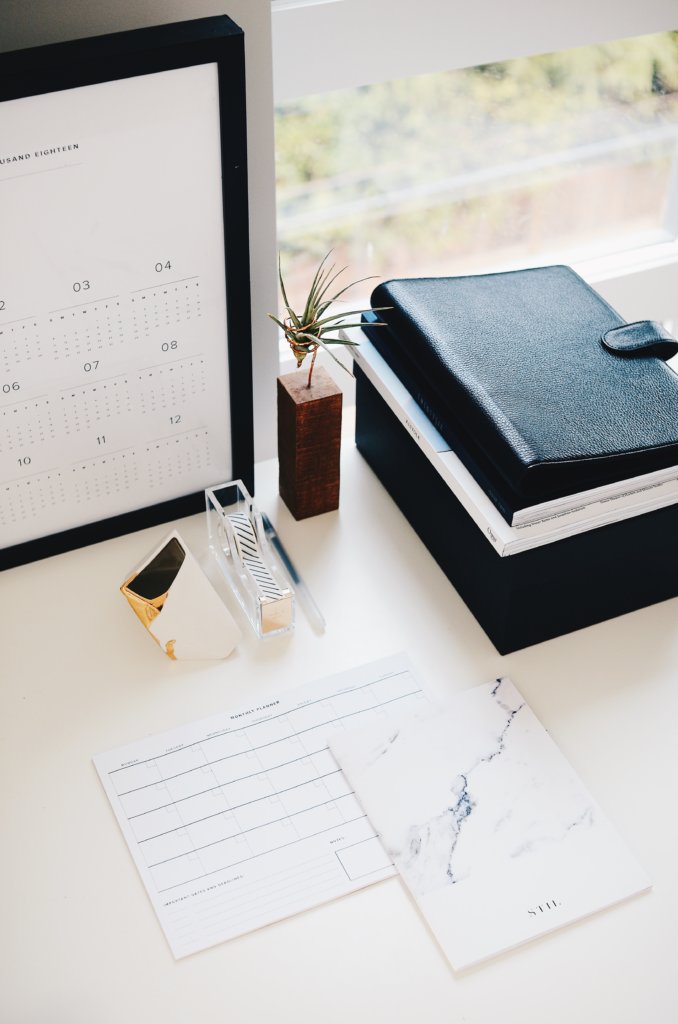
ZZ Plant – The ZZ Plant has been referred to as the “houseplant of the future” for its ease of care and minimal requirements. Its shiny leaves spruce up your decor, and it only needs to be watered about every two weeks. They do best in moderate to bright indirect light, but will also be fine in low light areas, or even in fluorescent light if your apartment has minimal natural light. And they’re highly resistant to pests and disease, which can be destructive to other varieties of houseplants. As a bonus, they’re one of the best plants for air purification, which can help keep you healthy.
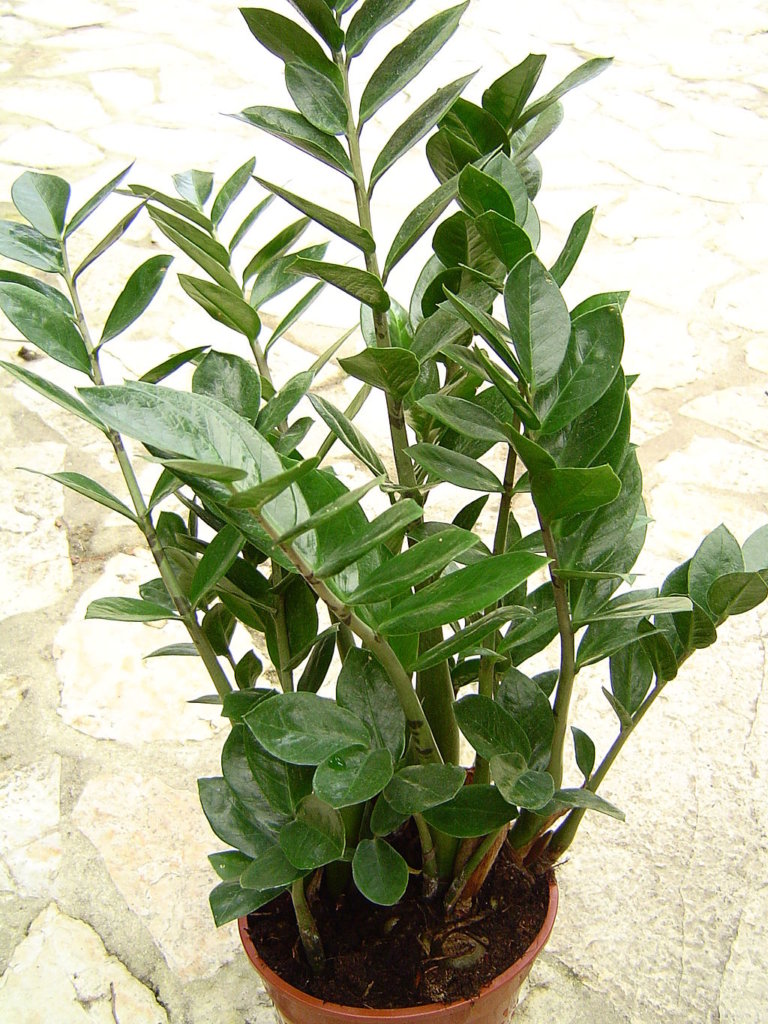
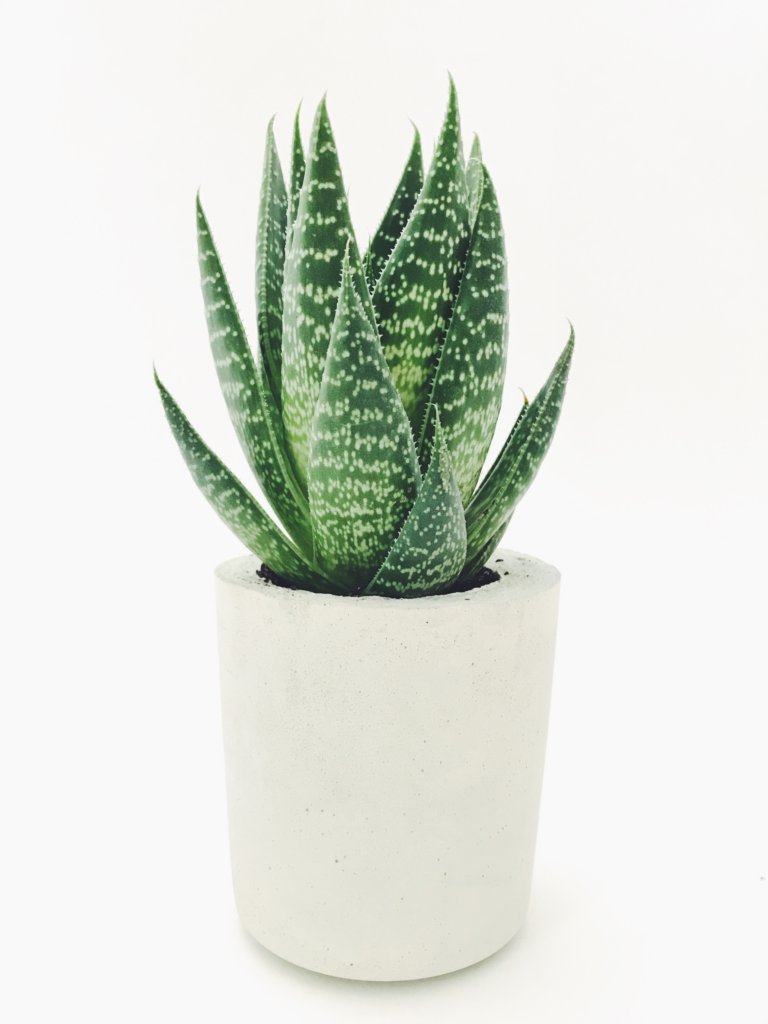
Golden Pothos – Also referred to as “Devil’s Ivy” for its ability to survive in even the toughest conditions, the golden pothos can thrive in a variety of environments. This includes rooms with low light, making it ideal for a bedroom or office. With its long vines and vibrant, heart-shaped leaves, it looks great on shelves or in hanging planters, and only needs water about once per week. Note that these leaves are poisonous if ingested by humans or animals, so you may want to skip this one if you’ve got pets. Like snake plants and the ZZ plant, pothos plants also help with air purification and remove toxins from the air.
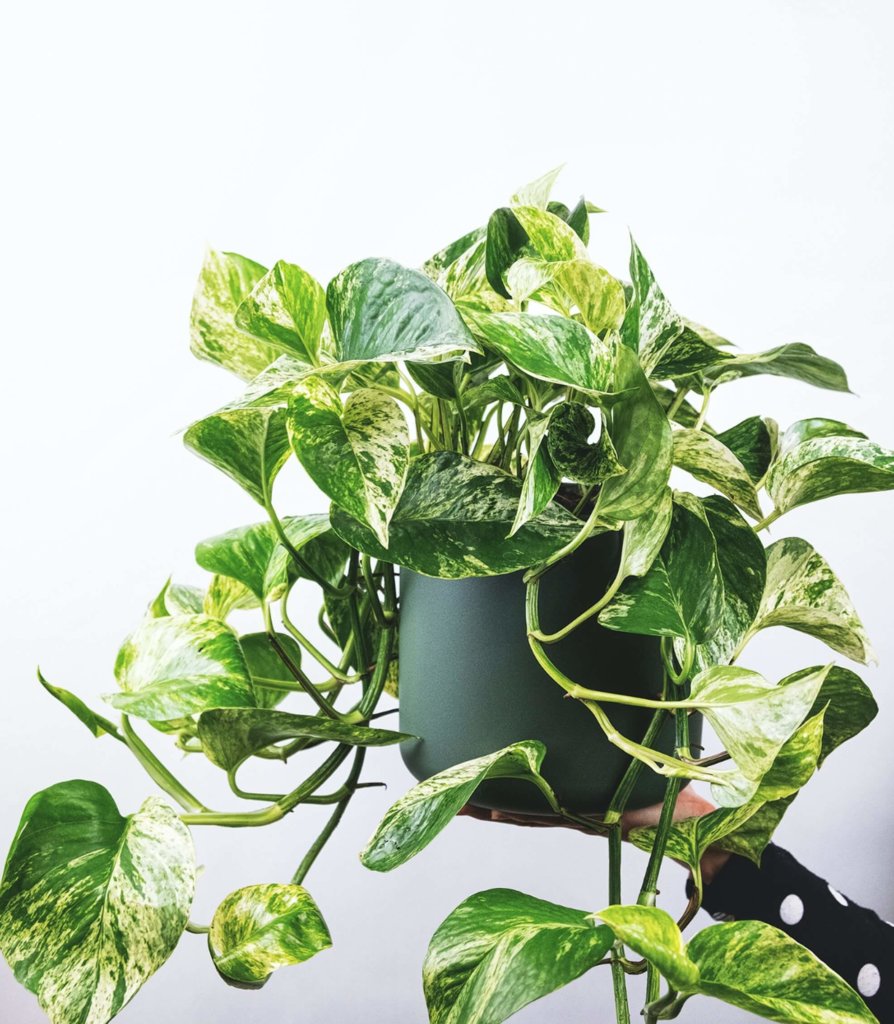
English Ivy – Featuring a multitude of heart-shaped leaves in various shades of green, English Ivy is the most common type of ivy that is grown in the home. It’s also the same ivy that’s commonly seen climbing on old buildings, due to its ease of growth. All it needs to survive is a lot of sunlight and some water about once per week. Like the pothos, English Ivy looks gorgeous in hanging planters or on a tall shelf, allowing its leaves to cascade downward. This ivy also likes temperatures on the cooler side, so there’s no need to worry if your apartment is a bit drafty in the winter.
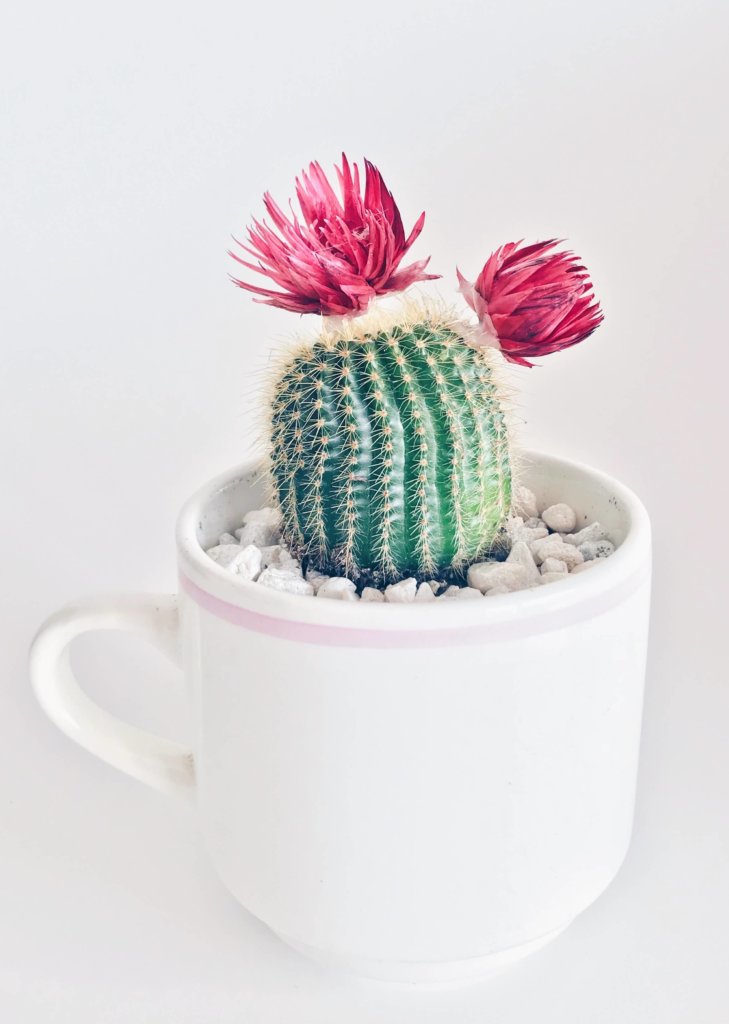
Madagascar Dragon Tree – Want to really make a statement with your houseplants? The Madagascar Dragon Tree is tall, easy to care for, does well even in low light, and helps clean the air, all while looking fabulous in your apartment. The tree features thin, green leaves banded in red or pink, creating a delicate silhouette. As it grows, it maintains its upright appearance, so it’s a stylish choice for behind furniture or in the corners of your apartment. Water only when the top inch of soil is dry — about once a week in the summer and only once or twice per month in the winter.
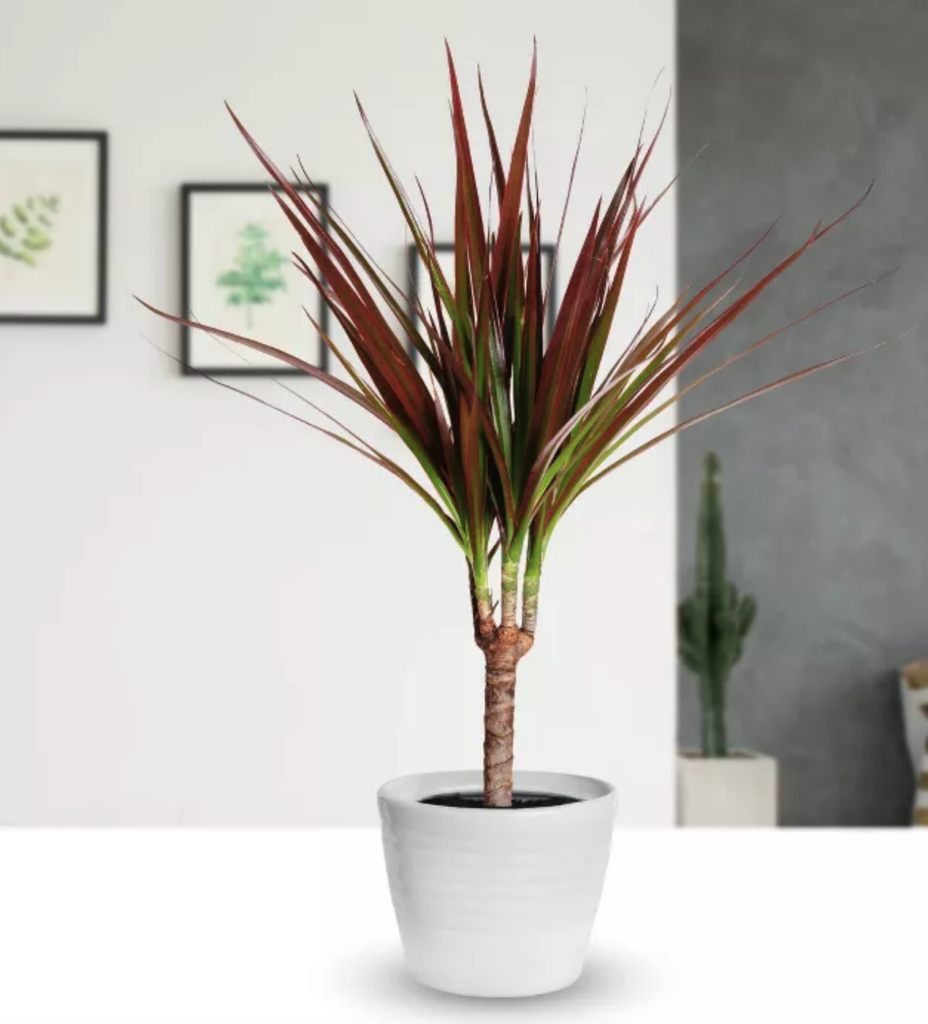

 Fair Housing Notice
Fair Housing Notice 